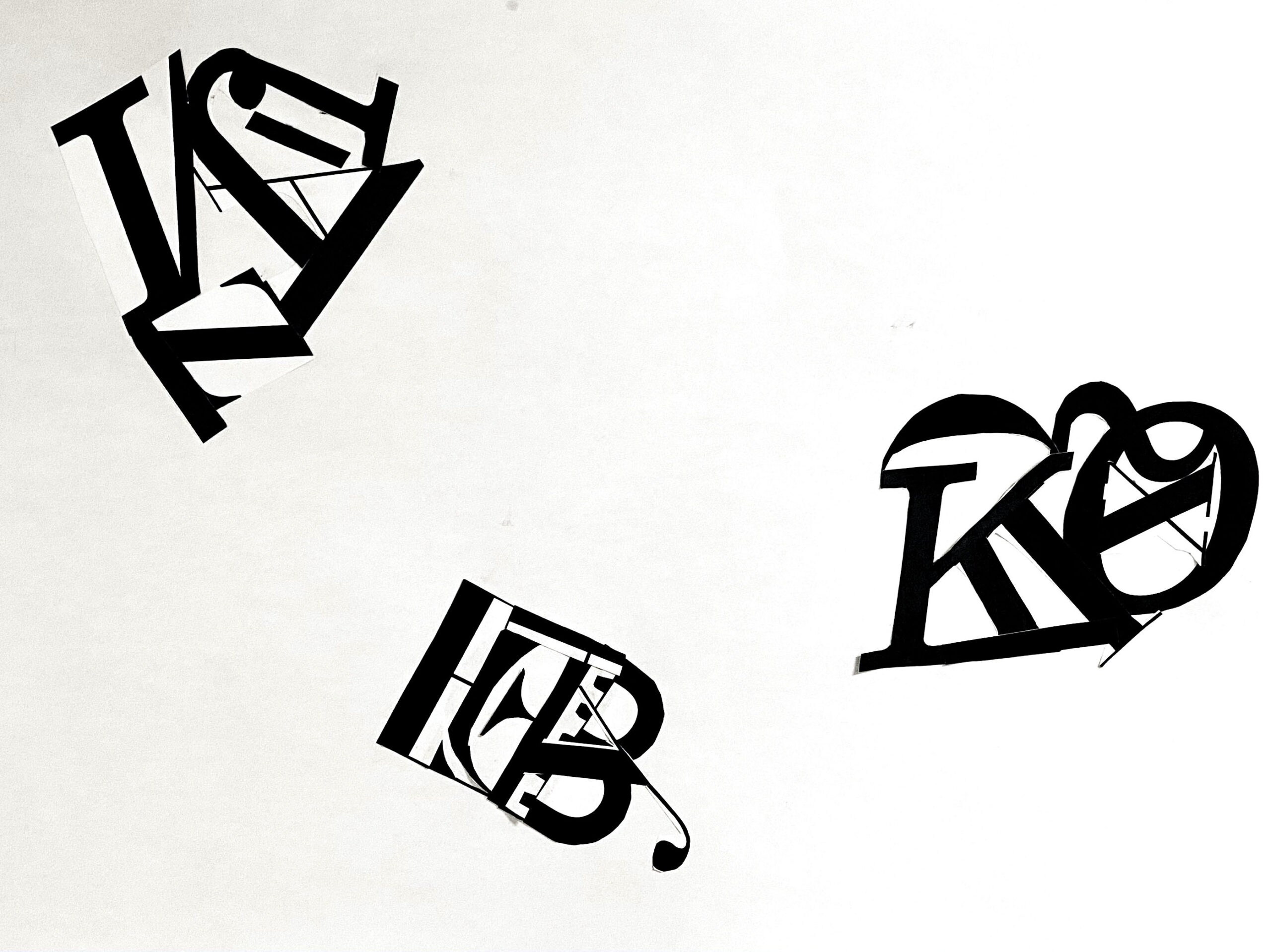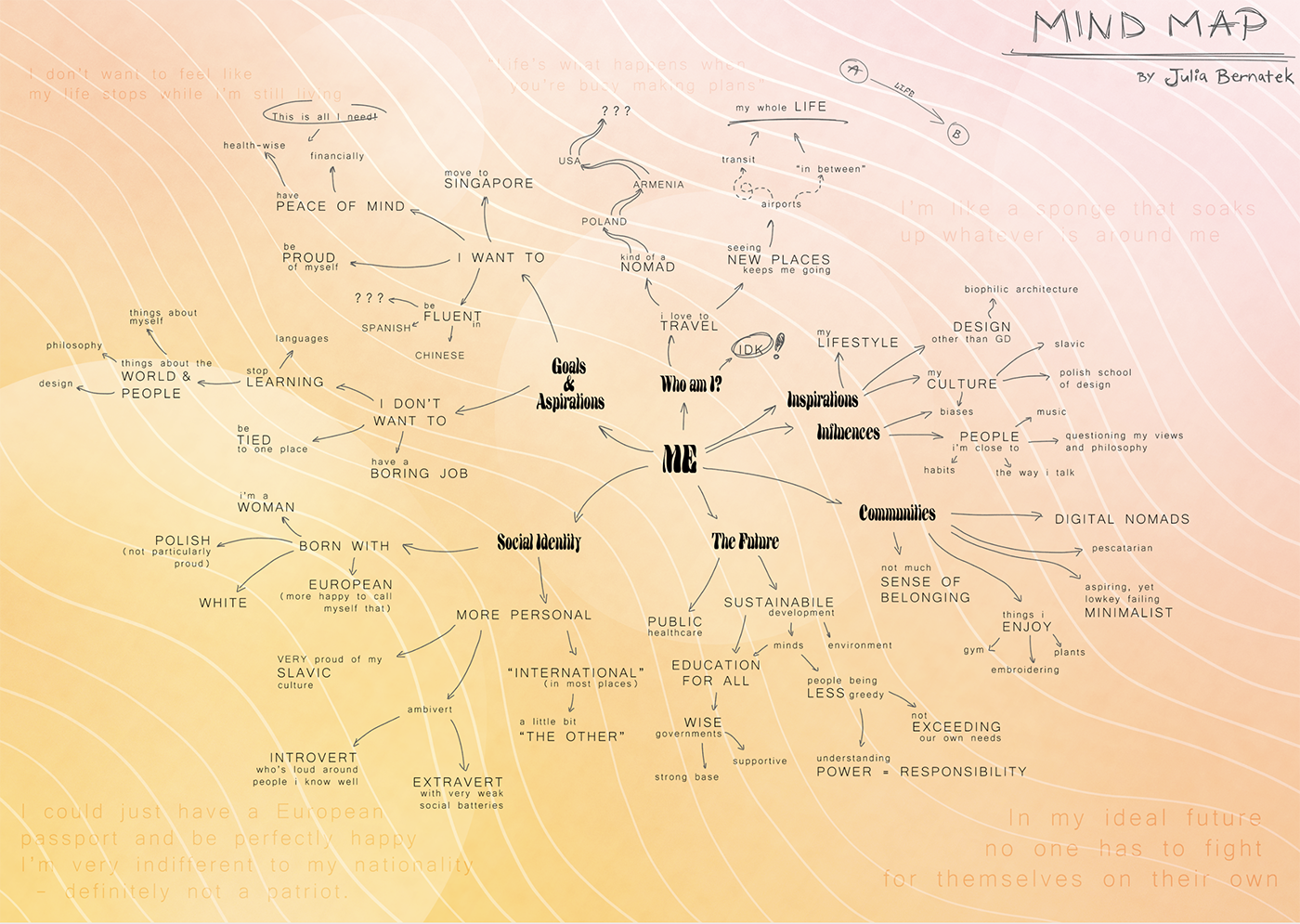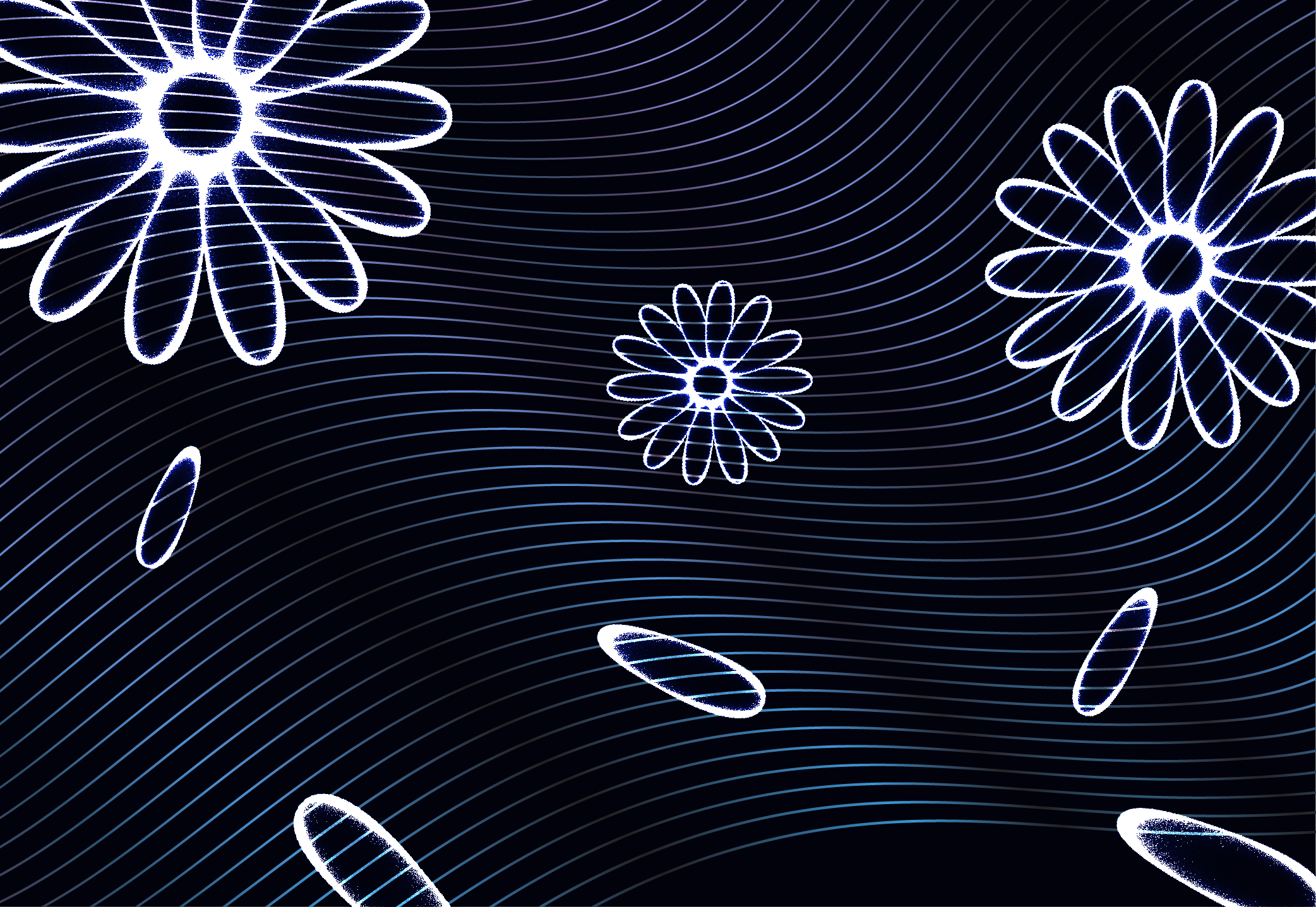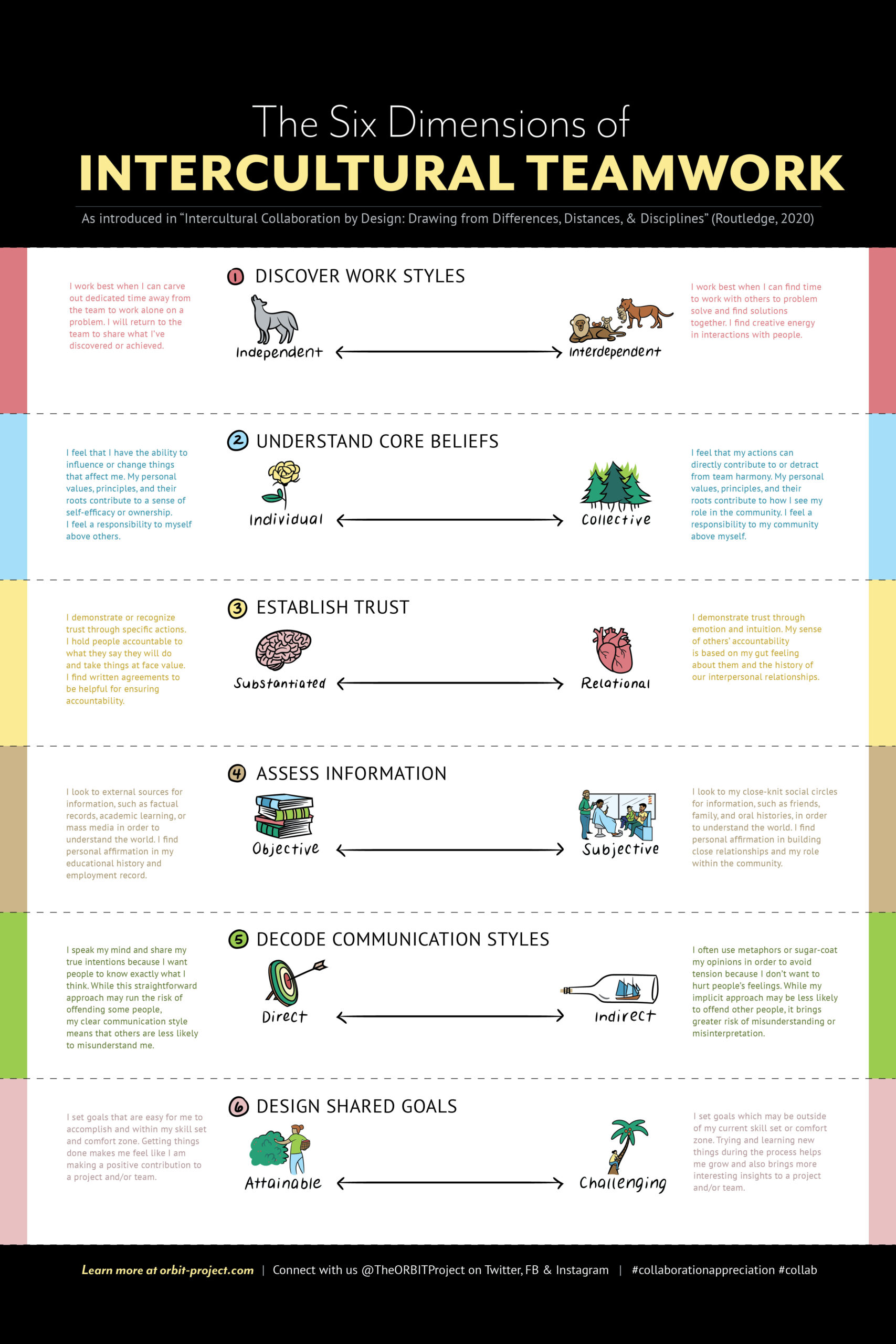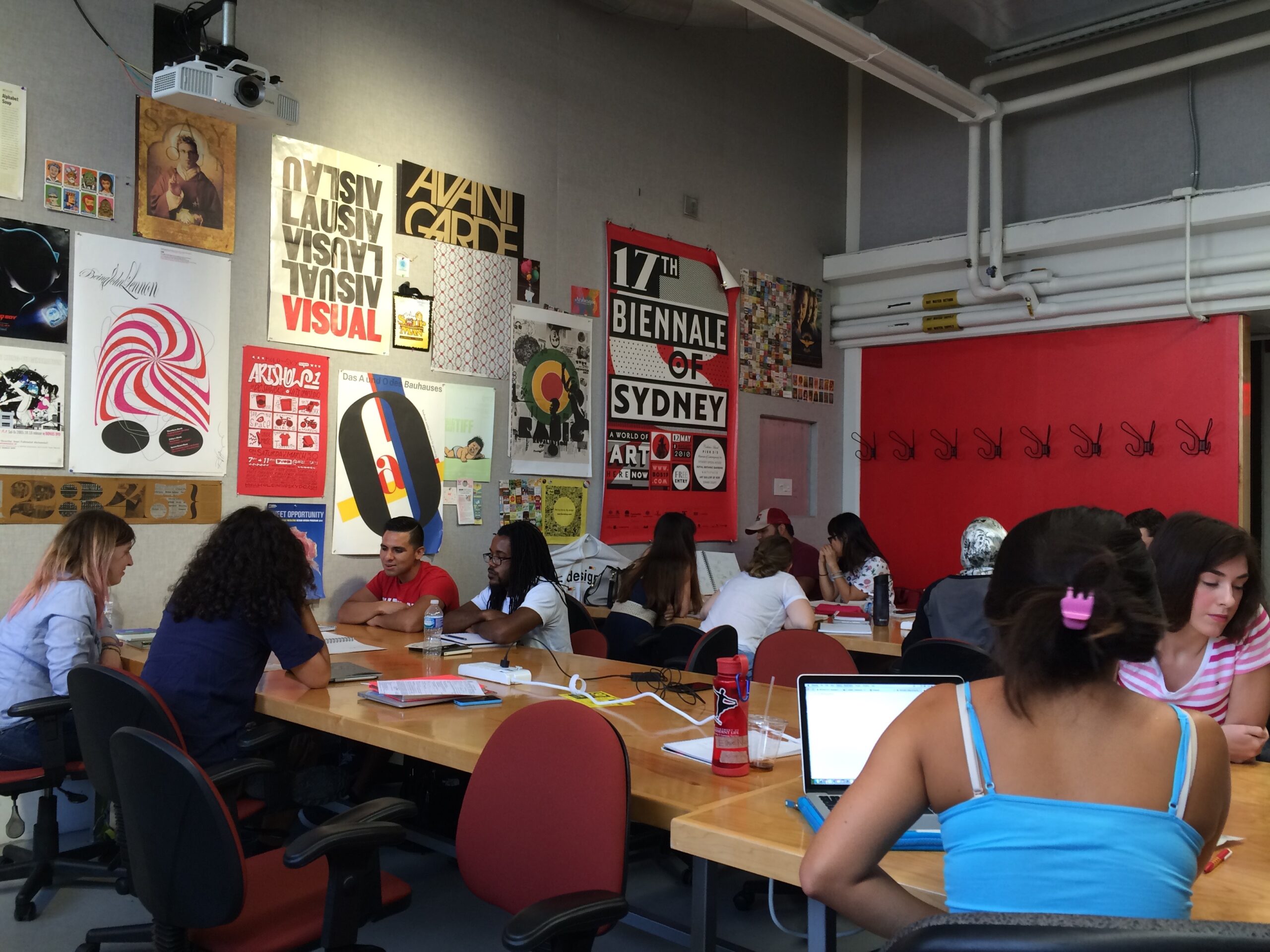(Re)Considering Belonging: Building Community Across Spaces
By Randa Hadi Whether you’ve never left your hometown or have veered far away from where you were born, belonging is something we all seek, and maybe something we are in constant search of. Your sense of belonging can take different forms, whether it’s through friendships, maps, archives, or digital communities, we form our identities even when we’re straddling two worlds (Al Abas, 2019). Belonging can exist on several scales: micro, meso, and macro levels. Belonging Permeates Life in Various Ways Muhammad al-Idrisi spent most of his life creating cartographic maps of the Arab world. Although his true intentions for making the map are not clear, it’s safe to assume that it was driven by wanting the Arab world to be represented the way an Arab saw it. I first came across these maps when Sherine Salla presented them in the Against the Grain Fellowship at Futuress. I was so intrigued by their form, directionality, and non existing political borders. North is pointing down, and South is pointing up; a small, yet beautiful detail in …


